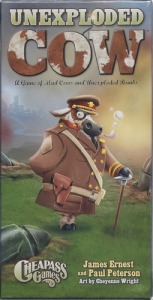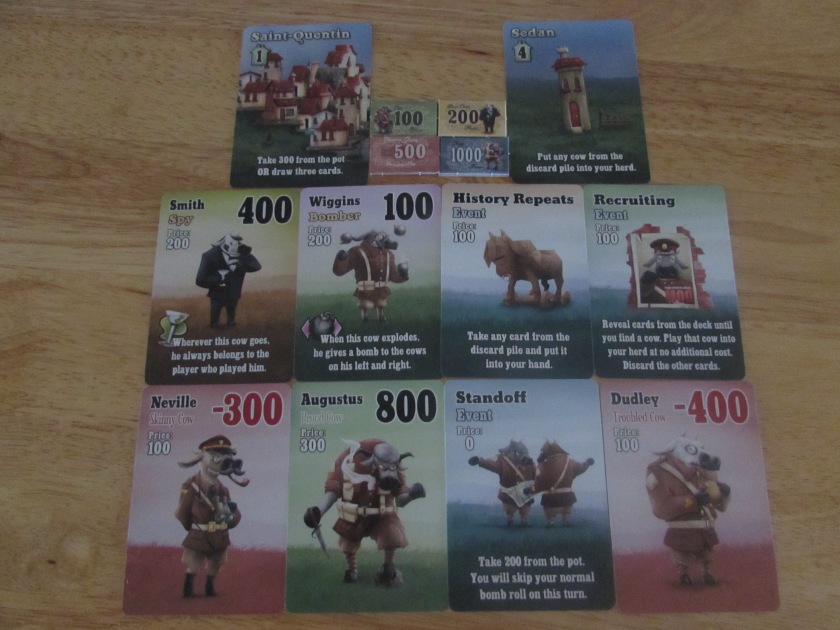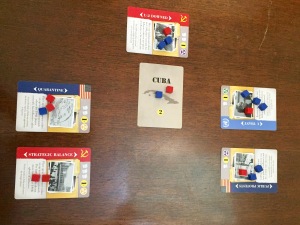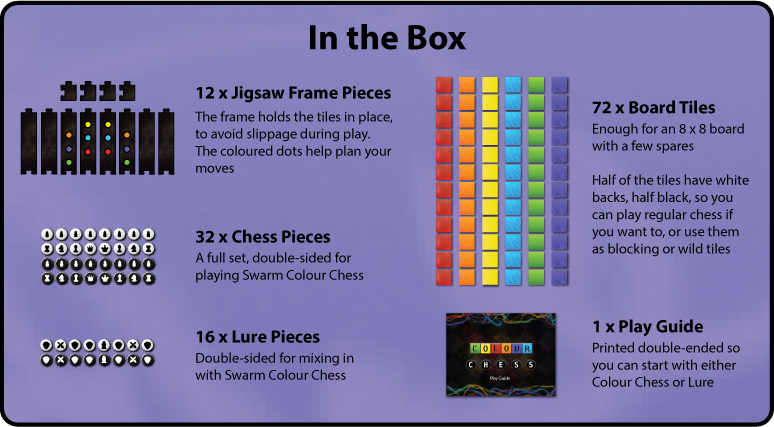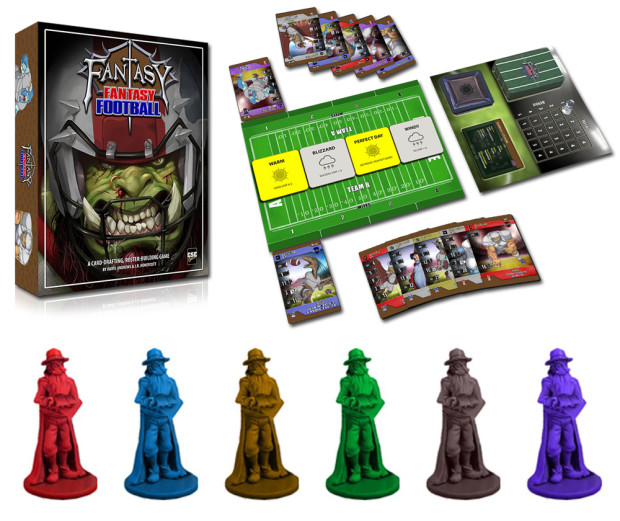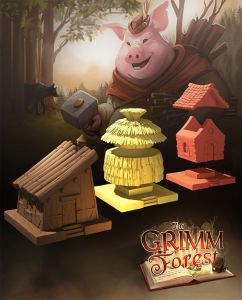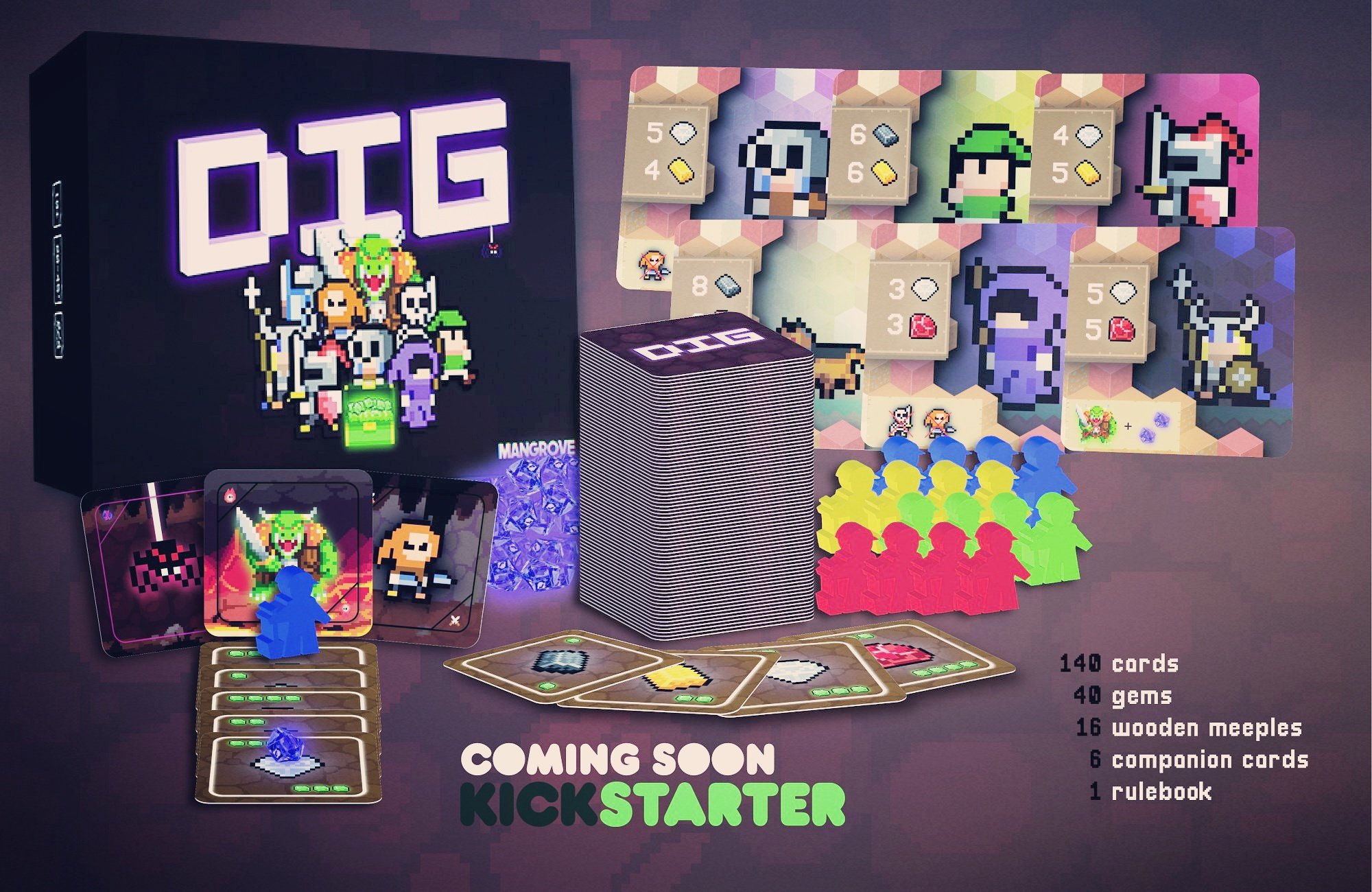In late 2016, Osprey Games released a special edition of Escape from Colditz to commemorate the 75th anniversary of Pat Reid‘s escape from the inescapable German prison. Originally released in 1973 Escape from Colditz was designed by Pat Reid and Brian Degas with art by Pete Dennis. The game was given the deluxe treatment with great new components but the original design is intact.
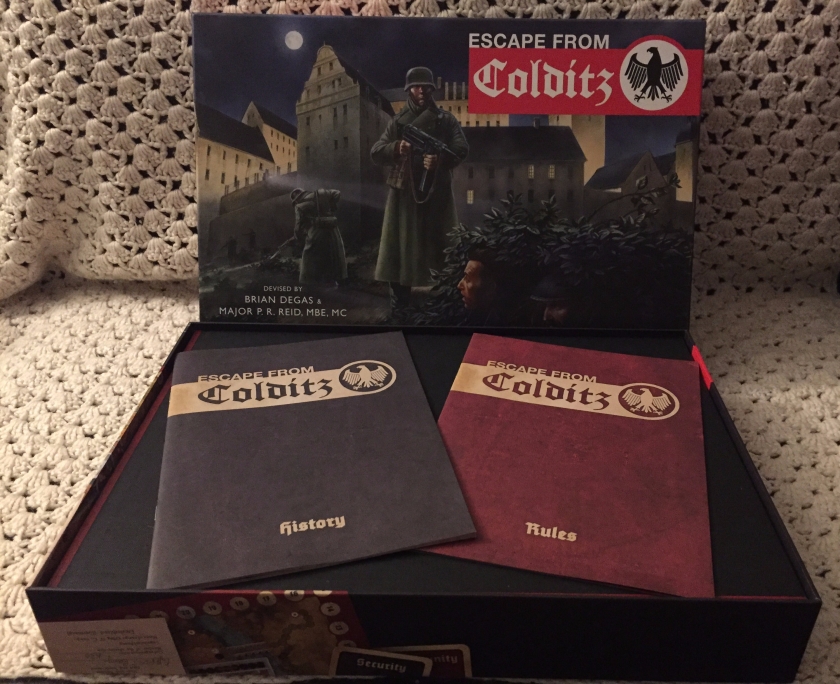
Gameplay
In Escape from Colditz one player will take on the role of the German security officer who will control a number of guards who will patrol Colditz to prevent the escape of the POWs. The POWs will be controlled by one to five players who will play an escape officer who must help their team gather equipment to enable their escape and then make their move.
Each round begins with the escape officer to the German officer’s left rolling two dice. The total of these dice is the amount of movement points the escape officer can use this turn. Movement points can divided among as many POW pawns that the escape officer chooses. If they roll doubles, they roll again (up to three rolls maximum) and add the total of the rolls together for their movement points. If any of the rolls are lower than five, the player draws an opportunity card that will provide them with an item or action that they can take at any time during their turn. Over the course of the game, escape officers must gather the items required to assemble an escape kit ( food, documents, a compass and a disguise) as well as items that will help them scale walls (rope), cut through fences (wire cutters), open doors (keys) and get through checkpoints (passes). The items are gathered by ending a turn with two POWs in rooms where those items are found. Play will proceed clockwise until each escape officer has taken their turn and then it is the security officer’s turn.

The security officer begins their turn in the same way as the other players by rolling two dice and determining their movement points. Guard movement is much more versatile since they have the ability to jump from the guard posts to the commander’s office to the barracks, allowing them chase POWs much easier. A roll of less than five will grant them access to security cards rather than opportunity cards. The security cards will allow the guards to recall the POWs to a corral point, take sniper shots at POWs outside the falls, search areas they normally couldn’t enter etc… Guards can arrest POWs and send them to solitary if they are caught with escape equipment and depending on where the POW is caught the item could be removed from the game. At the end of the security officers turn the round marker is moved one position.
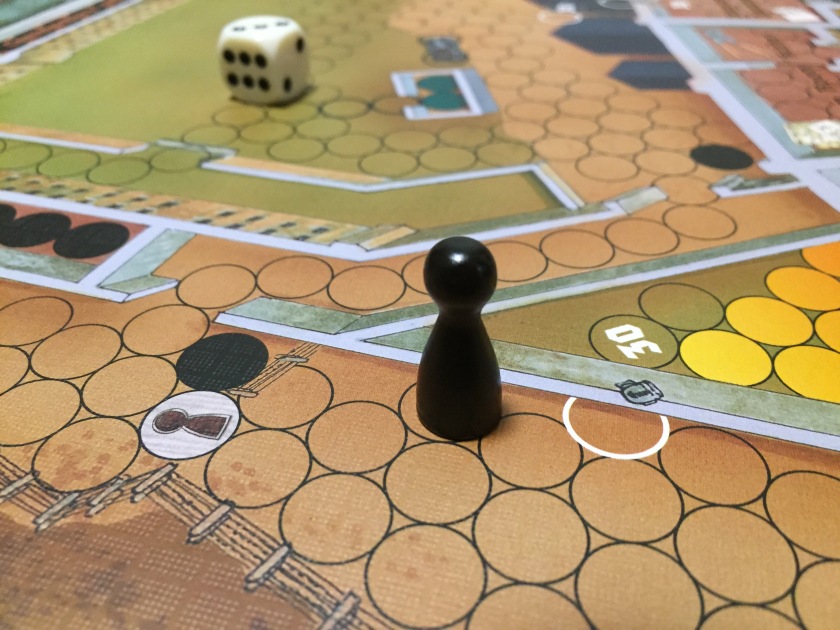
The game will proceed like this until one of two conditions triggers the end of the game. When the round marker reaches the eagle the escape officers each have one final turn and if the escape conditions aren’t met the security officer wins. Alternatively one escape officer will successfully gather all the required items and get two of there POWs to an escape point, if this happens that escape officer wins.
Components
The treatment given to this game by Osprey Games is really impressive. The first thing that strikes you when getting your hands on a copy of Escape from Colditz is that the box itself is large and very sturdy. The cover art is striking and the graphic tone set by the cover carries throughout the game. The game board is very large and on very heavy stock, it has a lovely touch of the title silk screened in gold on the underside. The inside of the box features a large cardboard insert that holds a box fashioned to look like a Red Cross prisoner care packages which contains the game components. The cards come in matching tuck boxes. The cards themselves have a great aesthetic and vintage art. Throughout the box there are little historical touches like newspaper clippings, postcards and other documents from the prison and the era. All the pieces look and feel great and have a coherent look.
I found that the art and style really brought the theme to life and also really respected the original publication of the game.
Conclusion
I know that roll and move words that will make many modern gamers run for the nearest worker placement game but I was really surprised at the depth that was provided with such an old and much derided mechanic. The non-linear aspect of the movement combined with the multiple pawns to move and the many goals those pawns can accomplish make the decisions in Escape from Colditz quite tactical. I found that every turn you had to choose from many meaningful decisions and required some thought beyond just moving your pawns the maximum spaces.
This game is steeped in history and not just its own, which is rich and intriguing enough. Included in the game box is a little booklet recounting the story of Pat Reid’s escape as well as some interesting back story on the prison itself. I played several great games of Escape from Colditz and have no problem telling people to try this game as I think that for such an old game with such simple mechanics it really does a wonderful job of bringing history to life and really is quite fun.

